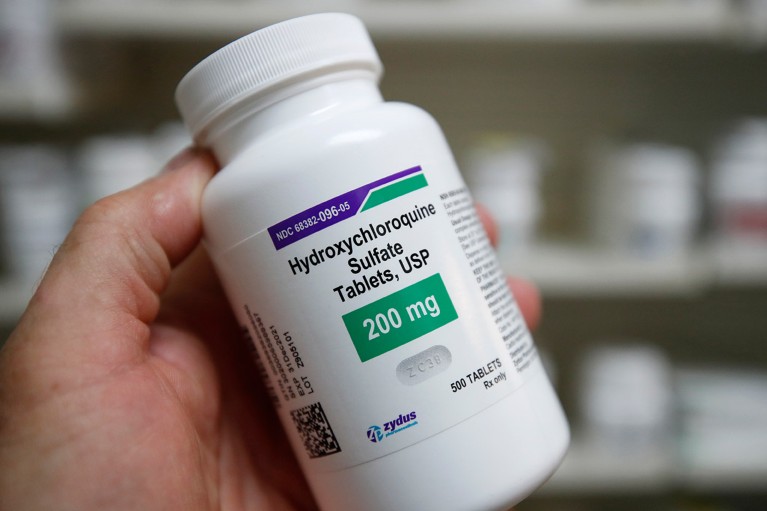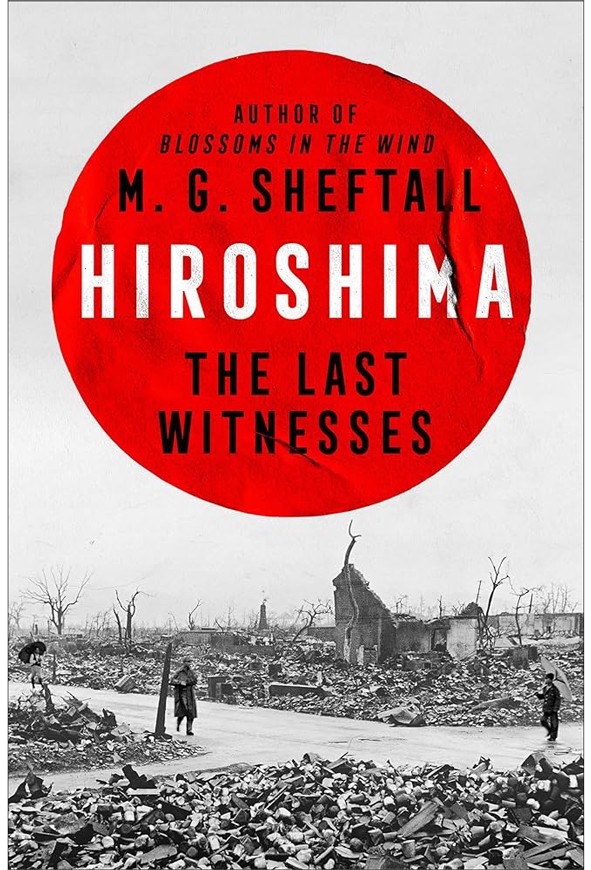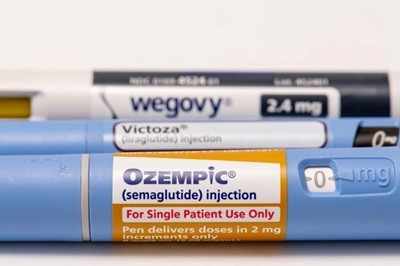-
Daily briefing: Infamous ‘hydroxychloroquine for COVID-19’ paper has been retracted

Hello Nature readers, would you like to get this Briefing in your inbox free every day? Sign up here. Hydroxychloroquine is used to treat malaria and was tested as a treatment for COVID-19.Credit: George Frey/AFP via Getty Controversial COVID study retracted A study that stoked enthusiasm for the now-disproven idea that the malaria drug hydroxychloroquine…
-
Dread and determination: how climate scientists are preparing for Trump 2.0

President-elect Donald Trump has promised to increase US fossil-fuel production.Credit: Matt Smith/Alamy Washington DC If Donald Trump follows through on promises for his second term as US president, he will unleash sweeping changes in climate policy within hours or days of his inauguration on 20 January. Among the shifts, he could pull the United States…
-
Give ‘science for peace’ a chance

Military spending is fuelling wars such as the one in Sudan, forcing people to flee.Credit: Luis Tato/AFP/Getty The fall of the regime of former Syrian president Bashar al-Assad, which brought widespread joy and optimism, was a rare and welcome development in what has mostly been another devastating year of violence and conflict around the world.…
-
Moral conundrums and more: Books in brief

Hiroshima M. G. Sheftall Dutton (2024) Born and educated in the United States, M. G. Sheftall settled in Japan in 1987 to teach modern Japanese cultural history at university. His detailed book on the 1945 US atomic bombing of Hiroshima skilfully integrates science and technology with the human aspects of this horrific event. It stands…
-
Science in 2025: the events to watch for next year

Weight-loss wonder drugs Following the runaway success of ‘miracle’ drug Wegovy (semaglutide) and other GLP-1 agonists, 2025 is likely to bring results and approvals for a new wave of treatments targeting obesity. The pharmaceutical firm Eli Lilly in Indianapolis, Indiana, will wrap up a phase III trial for its oral pill orforglipron, evaluating its long-term…
-
Good COPs, bad COPs: science struggles in a year of environmental summits

A climate finance protest at COP29 in Baku. Science activism is increasing.Credit: Sean Gallup/Getty People in some 70 countries took part in various national elections this year, a record number. And in March, Nature reported that results in at least five polls could either boost or block climate action (see Nature 627, 22–25; 2024). Overall,…
-
Can AI-generated podcasts boost science engagement?

Podcasts generated by artificial intelligence are shaking up how researchers interact with the literature and the public.Credit: Aleksei Gorodenkov/Alamy “My brain starts to die when I try to read a journal article,” says Jessica Sacher, a microbiologist at Stanford University in California. Papers are written to be technically comprehensive rather than understandable, she says. “I…
-
Green steel, thunderstorms and next-generation gene editing: a year of remarkable science

Remote sensing, ESM, AI maps, aerial eDNA, soil mycobiome, soil carbon dynamics, ecophysiology, riparian forests, herbivores, insects, biodiversity Umeå, Uppsala and Ultuna, Sweden Swedish University of Agricultural Sciences, SLU
-
Why probability probably doesn’t exist (but it is useful to act like it does)

Life is uncertain. None of us know what is going to happen. We know little of what has happened in the past, or is happening now outside our immediate experience. Uncertainty has been called the ‘conscious awareness of ignorance’1 — be it of the weather tomorrow, the next Premier League champions, the climate in 2100…
-
An integrative data-driven model simulating C. elegans brain, body and environment interactions

Abstract The behavior of an organism is influenced by the complex interplay between its brain, body and environment. Existing data-driven models focus on either the brain or the body–environment. Here we present BAAIWorm, an integrative data-driven model of Caenorhabditis elegans, which consists of two submodels: the brain model and the body–environment model. The brain model…